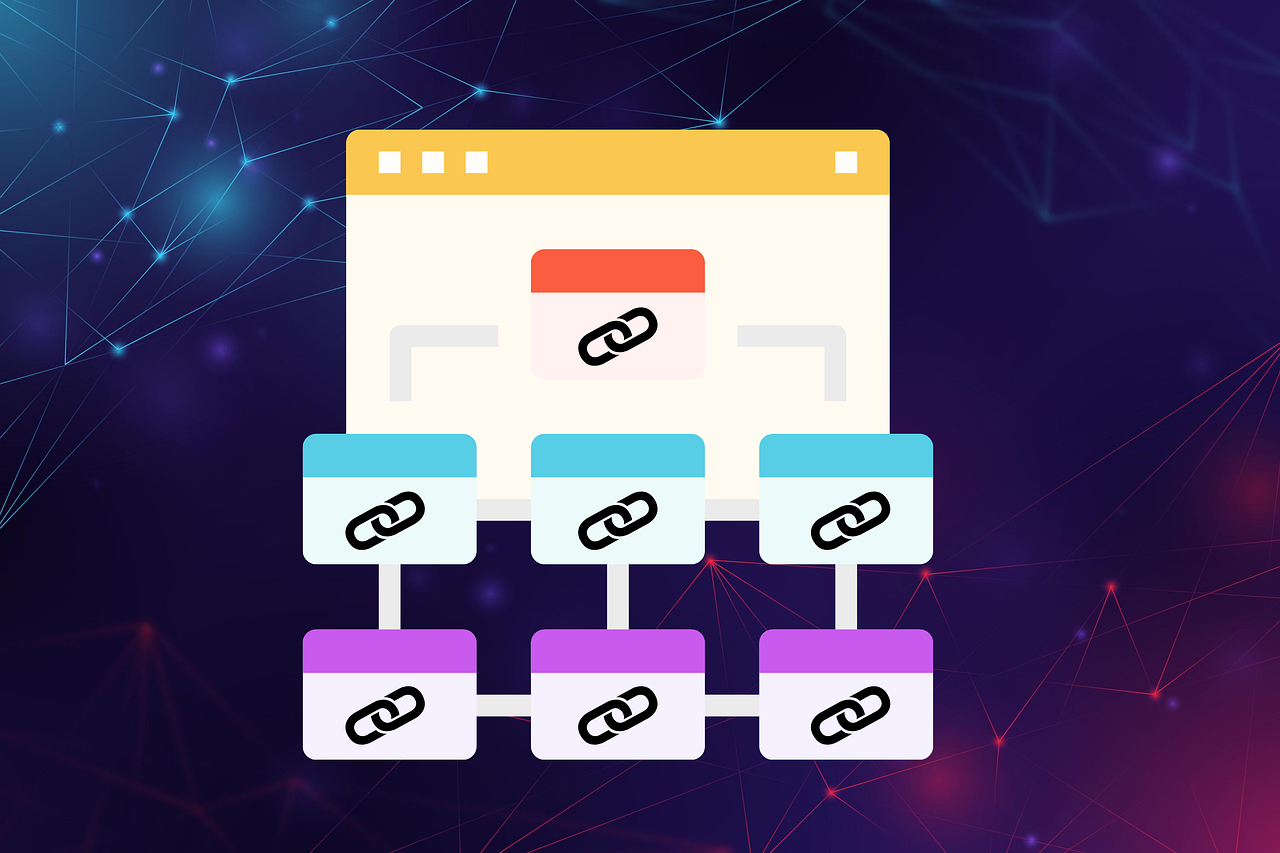
Internal linking in blog content represents one of the most powerful yet underutilized SEO strategies available to content creators. When executed strategically, internal links create a web of connections that not only guide search engines through your site’s architecture but also enhance user experience by providing seamless navigation paths between related topics.
Why Internal Linking Matters for Blogs
Internal linking serves as the backbone of your blog’s SEO architecture, providing dual benefits that simultaneously improve search engine understanding and reader engagement. Search engines rely on internal links to discover, crawl, and index your content while establishing clear page hierarchies that signal content importance. For readers, these connections create intuitive pathways that encourage deeper exploration of your content ecosystem.
Enhancing SEO through Link Equity and Structure
Internal links act as conduits for link equity distribution, passing authority from high-performing pages to newer or less visible content. This strategic approach helps establish topic clusters that demonstrate your expertise across related subjects while creating clear content relationships for search engines.
The SEO benefits of strategic internal linking include:
- Authority Distribution – High-authority pages pass ranking power to linked content
- Topic Cluster Formation – Related content groups signal topical expertise
- Page Prioritization – Frequently linked pages receive greater search engine attention
Improving User Engagement and Crawling
Well-placed internal links significantly improve user engagement metrics by encouraging longer site sessions and reducing bounce rates. They eliminate orphan pages that exist in isolation while creating discoverable content pathways that keep readers engaged.
Key engagement benefits include:
- Enhanced Navigation – Users find related content effortlessly
- Faster Content Discovery – Popular pages lead to deeper content exploration
- Reduced Orphaned Content – Every page becomes accessible through logical link paths
Crafting Effective Anchor Text
Anchor text optimization represents the foundation of successful internal linking, providing both users and search engines with clear context about linked content. Effective anchor text should be descriptive, relevant, and naturally integrated within your content flow.
Descriptive vs. Generic Anchor Text
The difference between effective and generic anchor text can dramatically impact your SEO performance and user experience. Strategic anchor text selection provides immediate context while generic phrases offer no value to readers or search engines.
| Generic Anchor Text | Effective Anchor Text |
|---|---|
| “Click here” | “Content marketing strategies for small businesses” |
| “Read more” | “Advanced SEO techniques for e-commerce sites” |
| “This article” | “Email automation best practices guide” |
| “Learn about it” | “Social media analytics tools comparison” |
Avoid Keyword Stuffing yet Stay Relevant
Successful anchor text optimization requires balancing relevance with natural language flow. Over-optimization through keyword stuffing can trigger search engine penalties while providing poor user experience.
Essential anchor text guidelines:
- Contextual Clarity – Anchors should make sense when read independently
- Moderate Length – Keep phrases between 2-8 words for optimal impact
- Natural Integration – Links should flow seamlessly within sentence structure
- Keyword Balance – Use variations rather than repeating exact phrases
Strategizing Internal Link Placement

Strategic link placement throughout your blog content determines both SEO value and user engagement levels. Effective placement considers content flow, reader intent, and search engine crawling patterns to maximize internal linking benefits.
Contextual Deep Linking
Contextual linking within body content provides the highest SEO value by demonstrating natural content relationships and topic relevance. These embedded links appear more valuable to search engines compared to sidebar or footer placements.
Best practices for contextual linking:
- Topical Relevance – Link only to closely related content themes
- Natural Flow – Integrate links within sentence structure seamlessly
- Strategic Spacing – Avoid clustering multiple links within single paragraphs
- Value Addition – Each link should provide genuine additional value to readers
Balanced Link Quantity
Optimal link density varies by content length and topic complexity, but maintaining balance prevents overwhelming readers while ensuring adequate SEO benefit. Most successful blog posts incorporate 3-5 strategic internal links within the main content body.
Recommended linking guidelines:
- Article Length Ratio – Approximately 1 link per 200-300 words of content
- Quality Over Quantity – Fewer high-value links outperform numerous weak connections
- Navigation Exclusion – Don’t count header, footer, or sidebar links in your total
Maintaining Link Health and Site Structure
Regular link maintenance ensures your internal linking strategy continues delivering SEO benefits while providing optimal user experience. Broken links and structural issues can quickly undermine your carefully constructed linking architecture.
Fixing Broken and Redirected Links
Broken internal links damage both user experience and search engine crawling efficiency, wasting crawl budget while creating frustrating dead ends for readers. Redirect chains similarly impact site performance by adding unnecessary server requests.
Link maintenance priorities:
- Regular Detection – Use tools to identify broken links monthly
- Immediate Removal – Replace or remove broken links upon discovery
- Redirect Optimization – Replace redirect chains with direct links to final destinations
Avoiding Orphan Pages and Shallow Crawls
Orphan pages exist without internal links pointing to them, making discovery difficult for both users and search engines. Additionally, pages requiring more than three clicks to reach often receive insufficient crawling attention and reduced ranking potential.
Structural optimization strategies:
- Orphan Detection – Regularly audit for pages lacking inbound internal links
- Strategic Connection – Add relevant internal links to isolated content
- Click Depth Reduction – Ensure important pages remain within 2-3 clicks from homepage
Auditing and Scaling Your Internal Linking Strategy

Continuous internal link optimization requires systematic auditing and strategic expansion as your content library grows. Professional SEO tools provide comprehensive insights for maintaining and improving your linking architecture.
Regular Internal Link Audits
Link auditing using professional SEO tools reveals opportunities for improvement while identifying technical issues that impact performance. According to Screaming Frog’s SEO insights, websites conducting monthly link audits show 25% better organic growth compared to those auditing quarterly.
Essential audit components:
- Tool Selection – Screaming Frog, SEMrush, or Ahrefs for comprehensive analysis
- Audit Frequency – Monthly reviews for active blogs, quarterly for stable sites
- Key Metrics – Monitor broken links, orphan pages, and average click depth
- Performance Tracking – Measure link equity distribution and crawling efficiency
| Audit Tool | Best Feature | Ideal For |
|---|---|---|
| Screaming Frog | Comprehensive site crawling | Technical SEO audits |
| SEMrush | Link opportunity identification | Content strategy planning |
| Ahrefs | Authority flow visualization | Link equity optimization |
Updating Old Content with New Links
Content refreshing through strategic internal linking breathes new life into older posts while distributing authority to newer content. This approach maximizes the SEO value of your existing content investment.
Content linking workflow:
- Historical Content Review – Identify high-performing older posts with linking potential
- New Content Integration – Add contextual links to recently published relevant articles
- Performance Monitoring – Track traffic and ranking improvements from updated internal links
Conclusion
Mastering internal linking in blog content requires balancing strategic SEO optimization with genuine user value creation. Through descriptive anchor text, contextual placement, and regular maintenance, internal links transform isolated blog posts into interconnected content ecosystems that search engines reward and readers appreciate. The compound benefits of thoughtful internal linking—improved crawling efficiency, enhanced user engagement, and distributed page authority—create lasting competitive advantages that elevate both search rankings and user experience across your entire blog network.
